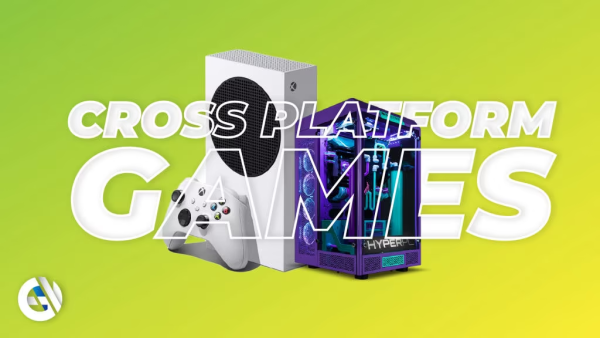The Rise of Cross-Platform Gaming: Uniting Players Across Devices
Examine the rise of cross-platform gaming, enabling seamless interactions for gamers on various devices, and delve into the pros and cons of this gaming evolution.
2024-04-25
1. The Evolving Landscape of Cross-Platform Gaming
The search results indicate that the gaming industry has witnessed a significant shift towards cross-platform gaming experiences in recent years. This trend allows players to engage with each other across different devices, such as smartphones, tablets, PCs, and consoles, breaking down the traditional barriers of platform-exclusive gaming.
Games like Fortnite, Minecraft, and Call of Duty: Warzone have pioneered this cross-platform approach, enabling players to seamlessly join matches and compete or collaborate regardless of their chosen device. This integration has not only expanded the player base but also fostered a more inclusive and connected gaming community.
2. Advantages of Cross-Platform Gameplay
The rise of cross-platform gaming offers numerous benefits for both players and developers.
- Expanded Player Pools: By uniting gamers across various platforms, cross-platform games can create larger, more diverse player communities, leading to faster matchmaking and more competitive gameplay experiences.
- Improved Social Connectivity: Players can now easily connect and play with friends, regardless of the devices they own, fostering a stronger sense of community and shared experiences.
- Increased Accessibility: Cross-platform compatibility allows more players to access and enjoy the same games, regardless of their preferred platform or device.
- Streamlined Development and Deployment: For developers, cross-platform development can lead to significant cost and time savings, as they can create a single codebase that can be deployed across multiple platforms.
3. Overcoming the Challenges of Cross-Platform Development
While the benefits of cross-platform gaming are substantial, the development process is not without its challenges.
- Technical Complexities: Ensuring seamless performance, input compatibility, and feature parity across diverse hardware and software platforms can be a complex and time-consuming task.
- Platform-Specific Restrictions: Navigating the unique requirements and certification processes of different platform holders, such as console manufacturers, can add a layer of complexity to the development process.
- Balancing Gameplay Fairness: Accommodating various input methods (e.g., controllers, touchscreens, keyboards) and ensuring a level playing field for all participants can be a delicate challenge for game designers.
- Community Fragmentation: Maintaining a unified player community across platforms can be challenging, as players may prefer to interact primarily with others on their own devices.
4. The Future of Unified Gaming Experiences
As the gaming industry continues to evolve, the trend of cross-platform gaming is expected to become increasingly prevalent. Developers and platform holders are working to address the challenges, paving the way for more seamless and inclusive gaming experiences that transcend traditional platform boundaries.
The future of gaming lies in the ability to bring players together, regardless of their device preferences, fostering a sense of community and shared experiences that can enhance the overall enjoyment of the medium.















